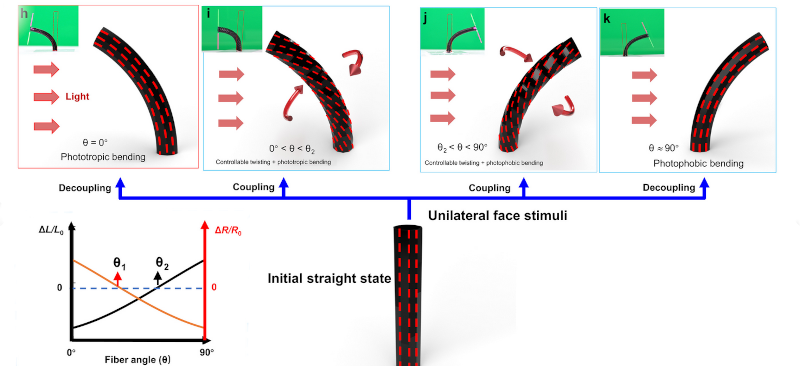Tentacle Robot Is Like an Elephant Trunk

It sounds like bad science fiction or anime, but researchers are creating helical-artificial fibrous muscle structured tubular soft actuators. What? Oh, tentacle robot arms. Got it. The researchers at Westlake …read more Continue reading Tentacle Robot Is Like an Elephant Trunk